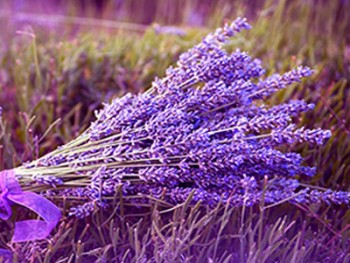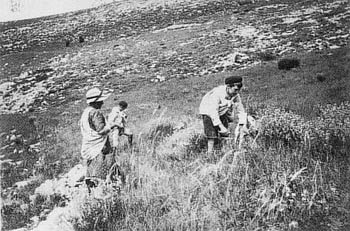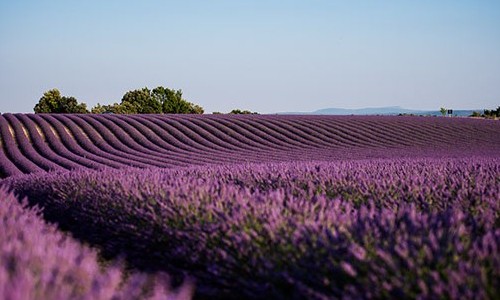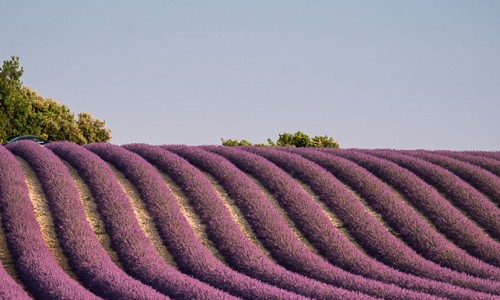A bit of history

Lavender, whose name comes from the Latin "lavare" meaning washing, has been known since Antiquity. The Romans, who knew its aromatic qualities, used it to perfume their baths and clothes.
Originally from Persia and the Canaries, the plant was probably planted in France by the Phocians together with the vineyard and olive tree. Apparently the Ancients had already discovered its medicinal virtues very early on.
Lavender was part of the composition of the teriaca, a well-known antidote against the bites of poisonous animals invented, it is said, in the first century before Christ by Mithridates, king of Pontus.
In the Middle Ages, the pamphlets of "Medicine" often mentioned lavender for its disinfectant properties and the particularity of its aroma. They covered the land of the houses and burned the essence of lavender in the houses infested by the plague to try to stop the spread of the epidemic ...
In the 18th century, in order to avoid fleas and other parasites, Madame de Sévigné recommended rubbing herself twice a day with an ointment of lavender oil and bitter almonds.

It is known that lavender was cultivated in Burgundy in the 10th century but it found its land of preference in Provence thanks to a climate that favoured the quintessence of its properties. The presence of important medical faculties in Marseille and especially in Montpellier probably favored the development of this providential manna that grows naturally on these wild lands and that combined the healing virtues with the pleasure of a particularly appreciated scent.
The culture developed from the 19th century onwards and the development of French production of fine lavender essential oil was linked to the establishment of perfumeries in the region of Grasse, which was to be continued in the 1950s by the organized and systematic culture of the lavandin.



